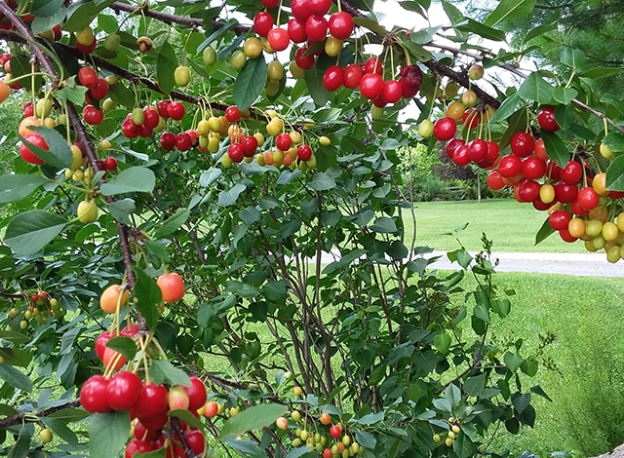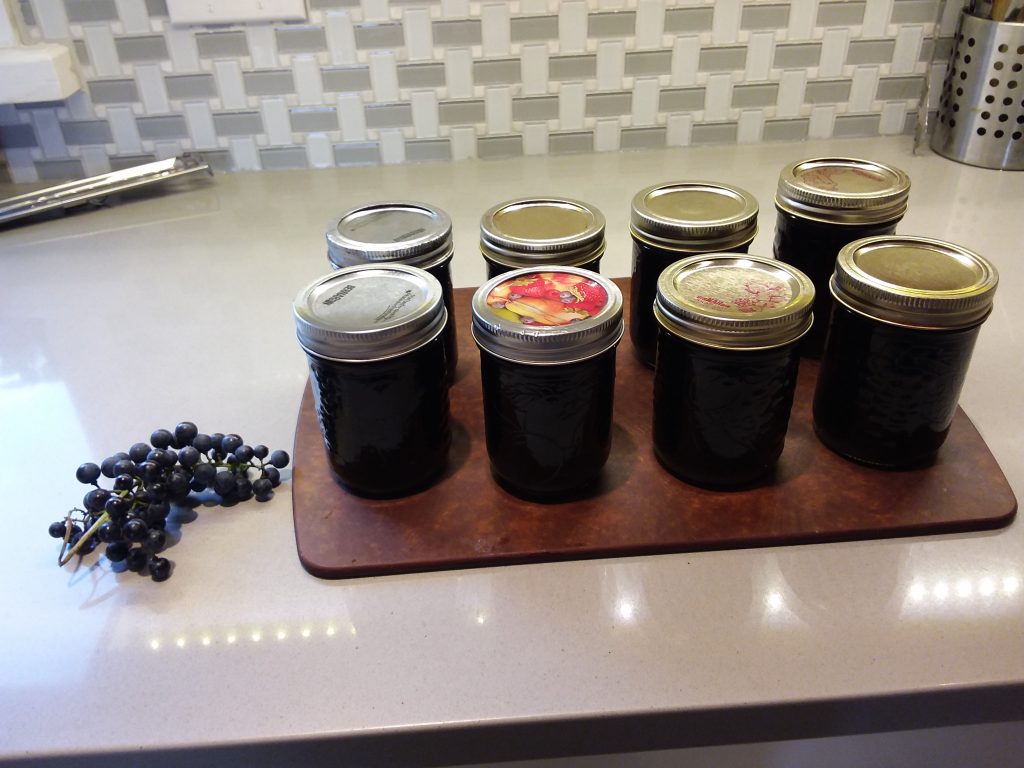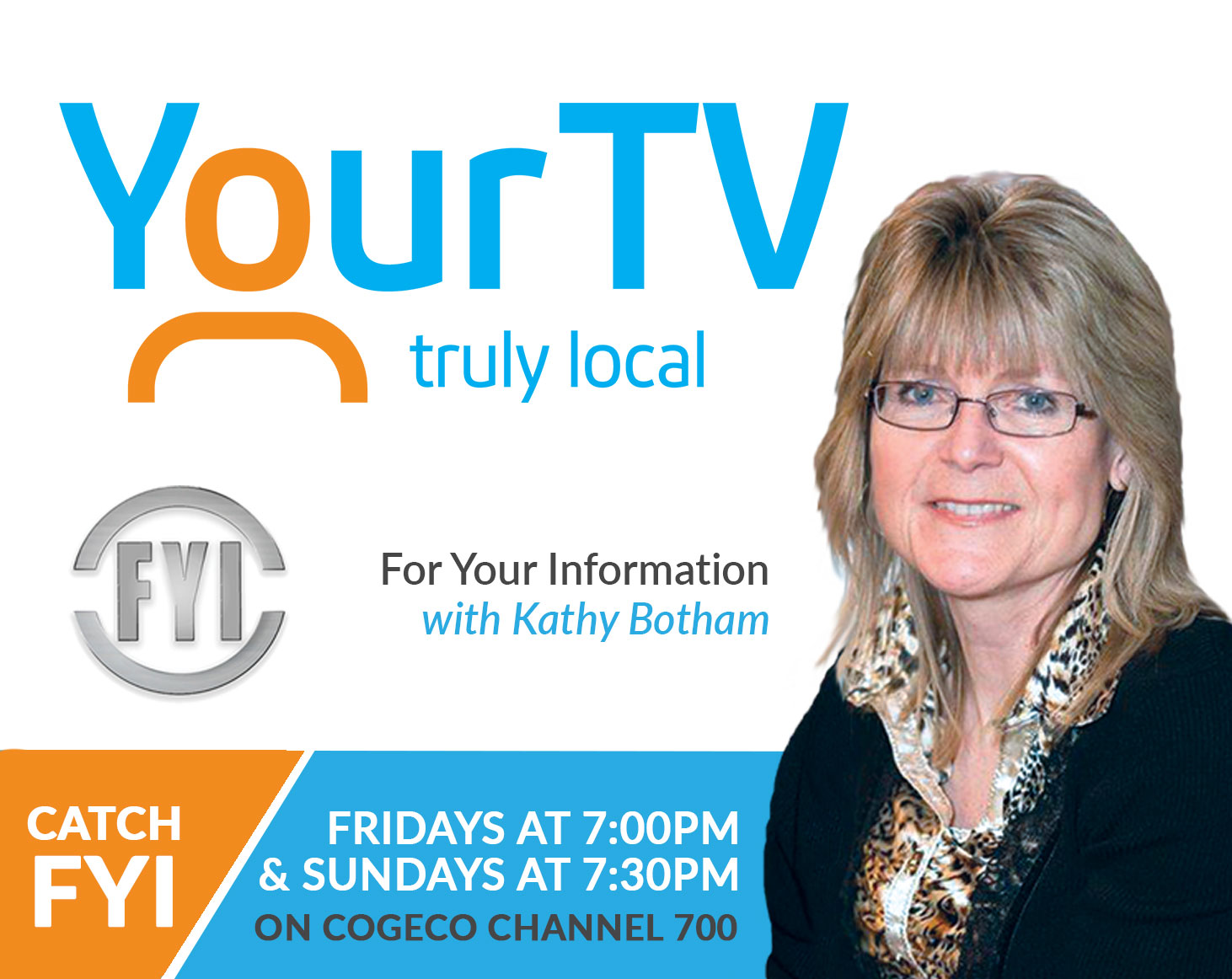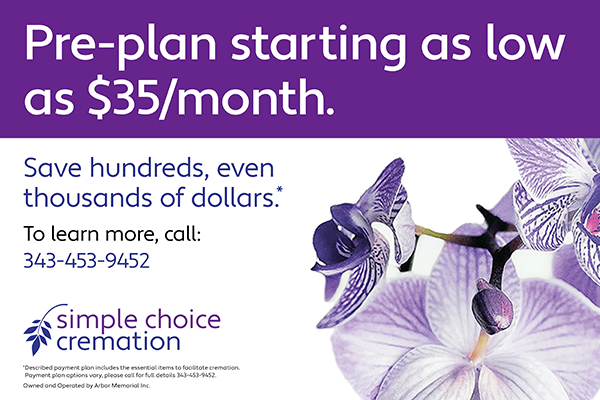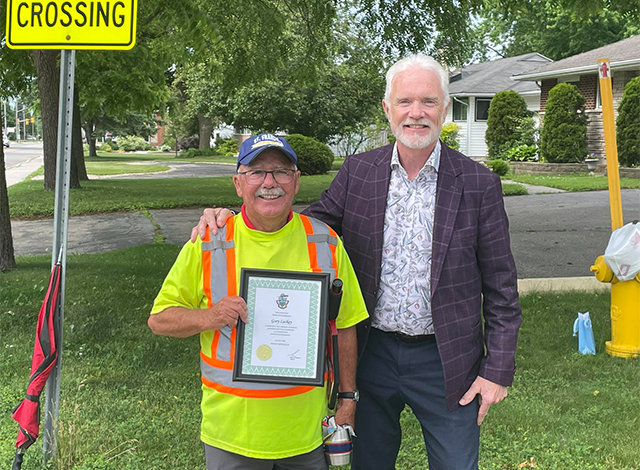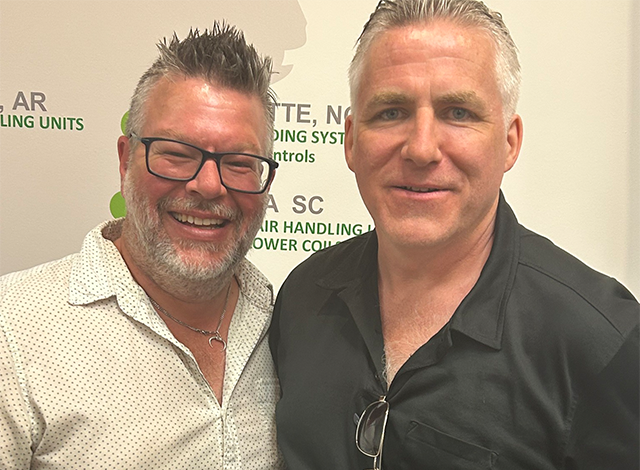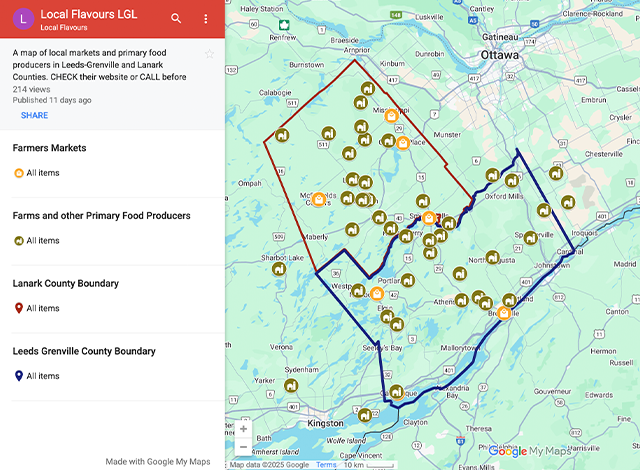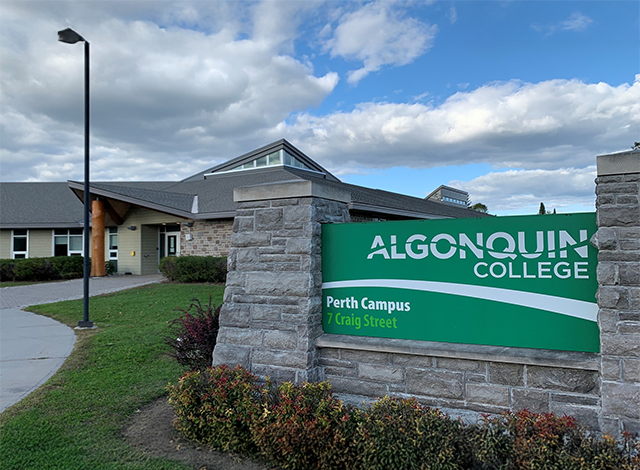With grocery prices soaring, we gardeners look for ways to feed our families with good nutritious food for less money. Vegetable gardening is a great solution. If you have a plot of land, or a small yard with a raised bed at least 8 inches deep or even large pots, you can grow lots of food. Fruit bushes can fit into most gardens as well.
Plants need sun, soil. and water. They need at least 6-8 hours of sun to thrive. Garden soil, amended with compost, will ensure good growth. Raised beds, and large pots often use potting soil, sometimes with garden soil and compost added. Soil holds the nutrients that plants need. Nitrogen, phosphorus and potassium are the macronutrients needed but micronutrients are also required. Drainage is a necessity for raised beds and pots. Large pots, the kind that trees come in, can be partially filled with wood chips and topped with 8-10 inches of soil. A bonus feature being that pots can be moved around to sunnier locations. Water is critical to plants. Use rainwater whenever possible. Rain barrels are a good investment. At least 1 inch of water is needed each week. Pots will need watering more often. It is better to water the soil rather than the foliage.
Should you buy seeds or transplants for your garden? Seeds are cheaper, and you can find your favourite variety in seed catalogues or on- line. You can save seeds of open pollinated vegetables and share packages with a friend if you only need a few seeds. Transplants cost more but harvest time will come sooner. If you only want four cabbages, for example, transplants may be the better choice. Transplants need to be hardened off (acclimatized to outdoor conditions) if they have been started indoors.
Watch for plant sales in May. Most horticultural Societies grow vegetable seedlings, and often rhubarb, raspberry canes, etc. GET A BARGAIN!
Some vegetables like peas, lettuce, onions and radishes can be planted as soon as the ground can be worked. If you plant spring salad crops (a package may contain lettuces, beet greens, kale, etc.) you can harvest an early crop with scissors, leaving 2 inches and they will grow again. Sometimes you can harvest 3 times.
Grow several crops of beans, green onions, carrots, and cucumbers by planting at intervals throughout the summer months, thus ensuring tender, young harvests.
Pickling, freezing, and preserving can be real money savers. Picking your own fruit and vegetables can result in significant cost saving and fresher food. Leave root crops in the ground until a hard frost is predicted. Dig, and clean carrots, beets, turnips, and parsnips. Put into plastic bags with some holes to aid ventilation. Store in the vegetable compartment if your fridge. They will keep for several months. Potatoes and onions need an above freezing, dark, dry storage area.
Grow the vegetables that your family likes to eat. Keep an eye out for garden pests and use environmentally friendly controls. Rotate crops around the garden. Some fungal diseases can stay in the ground for several years.
Growing your own food can bring real satisfying results well beyond the cost savings. Enjoy your garden…

